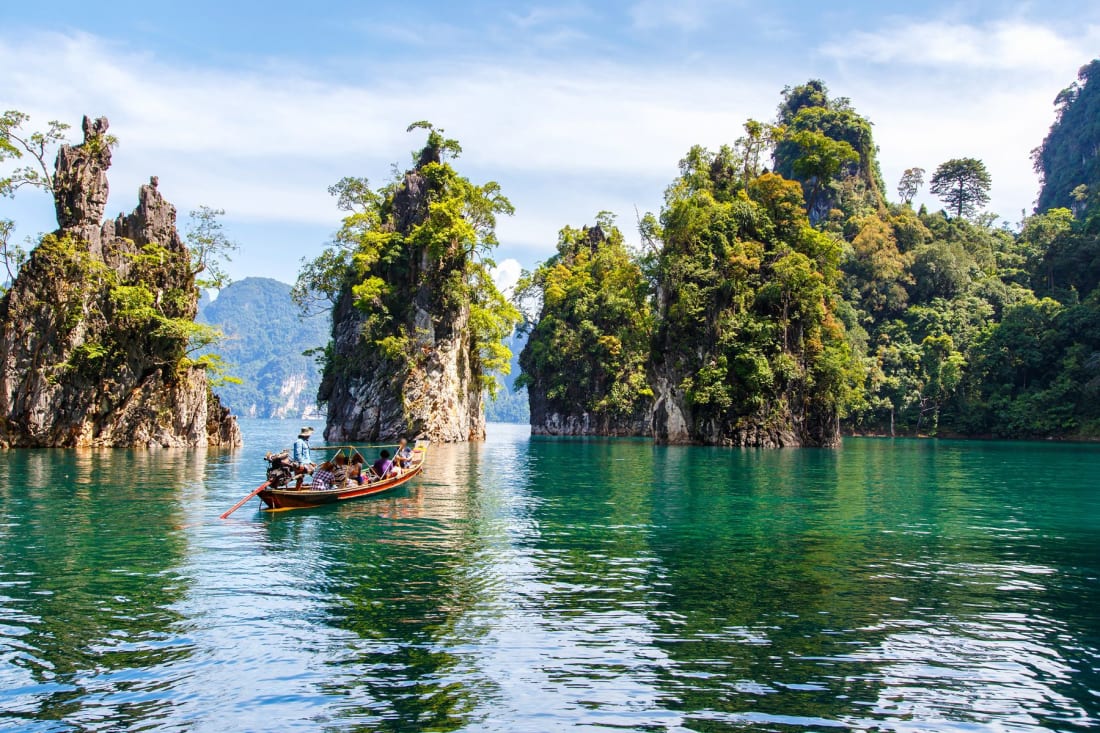Revel in the rippling, rolling green hills of Vietnam's Mu Cang Chai
Travel ethically with tours led by local Indigenous communities around this serene rice farm
Travel ethically with tours led by local Indigenous communities around this serene rice farm
Welcome to Wanderlust Wonders: each week we’ll be cleansing your feed with a feel-good snapshot of somewhere beautiful, both in and out of this world.
What am I looking at?
The rice farms of Mu Cang Chai are something of a hidden gem. Settled in the lesser-known, more rural side of northwest Vietnam, this man-made landscape has been celebrated as a National Heritage site since 2007. The landscape stretches across mountainside terrain, amassing over 2,200 hectares (for references, that’s about the size of two and a half American football fields). It starts to attract both local and international sight-seers from around October, which is when the annual rice harvest season kicks into gear.
Tell me more…
So who’s idea was it to make what essentially looks like a giant, green staircase? Well, it has actually manifested as a result of centuries of innovation and cultivated farming. Local farmers have long acknowledged that lack of water and rainfall in the area, coupled with the high altitude of the mountainous landscape, means they have to adapt to the climate in order to sustain the environment.
The Hmong people, who are an Indigenous community native to East and Southeast Asia and settlers in Mu Cang Chai, responded with an innovative way to retain water: by levelling the terraces into these recognisable, stair-like levels. Small streams provide the water source for the higher level terraces, while farmers use man-made, eco-friendly bamboo shoots to transfer water down to the lower levels of the farm, ensuring even distribution across the landscape.
Are the rice farms under threat, and how can we help it?
The rice terraces of Mu Cang Chai are more than just farming ground, they are a delicate ecosystem that fosters a deep cultural connection between the landscape and Hmong people, who were the first settlers on the slopes and remain in little villages dispersed throughout the landscape. Respect for the Hmong presence in Mu Cang Chai has been prioritised by local authorities in recent years, and has boosted the implementation of more conscious and community-based tourism.
Guides led by local Hmong people are encouraged; not only does it allow visitors to gain a deeper insight into the cultural history of the farms, but also helps to fund and sustain their farming practices. Tourists are also encouraged to experience the daily life of locals, by taking part in fieldwork, sharing stories and exploring cuisine created by the locals. If you visit the majestic hillsides of Mu Cang Chai, be sure to get involved with these tours rather than showing yourself around – not only will you be helping their economy, but respecting the traditions of the Indigenous community.
Best views from the grid
Tune in next week for another dose of visual healing...



